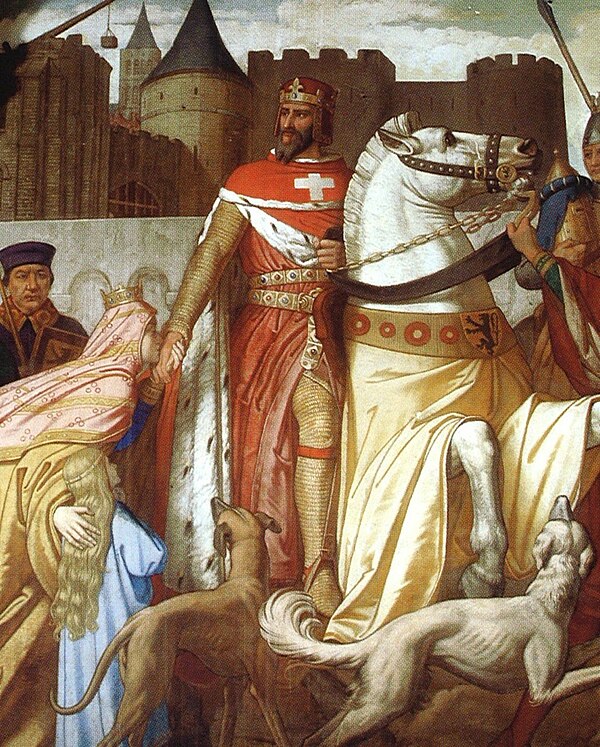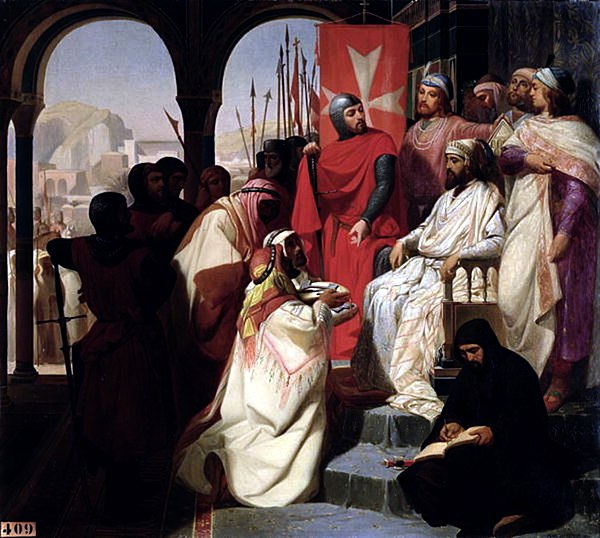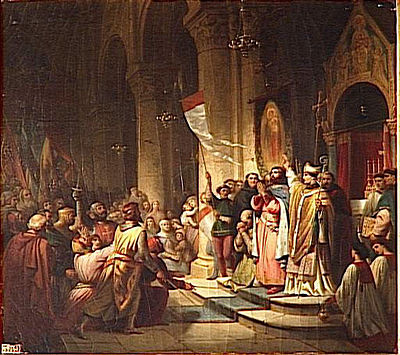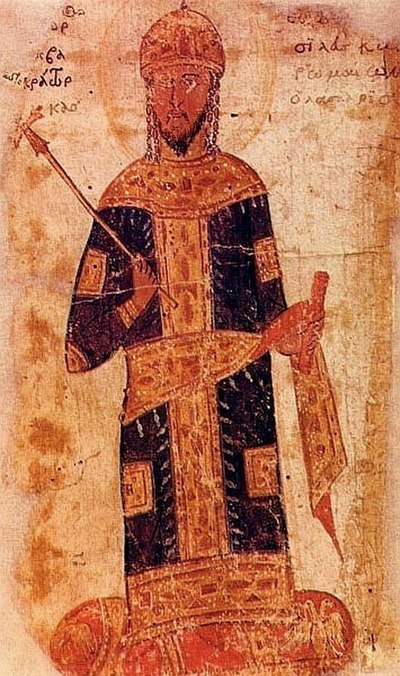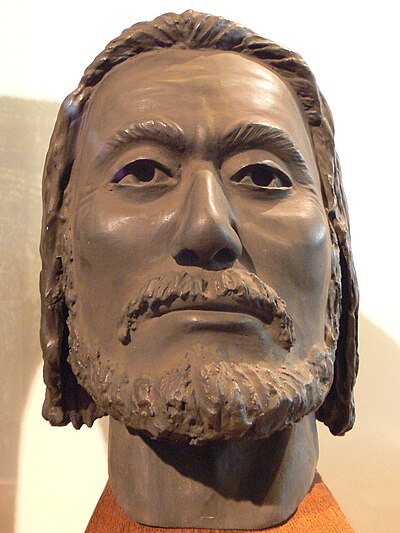
Byzantine Empire: Nicaean–Latin Wars
The Nicaean–Latin wars were a series of wars between the Latin Empire and the Empire of Nicaea, starting with the dissolution of the Byzantine Empire by the Fourth Crusade in 1204. The Latin Empire was aided by other Crusader states established on Byzantine territory after the Fourth Crusade, as well as the Republic of Venice, while the Empire of Nicaea was assisted occasionally by the Second Bulgarian Empire, and sought the aid of Venice's rival, the Republic of Genoa. The conflict also involved the Greek state of Epirus, which also claimed the Byzantine inheritance and opposed Nicaean hegemony. The Nicaean reconquest of Constantinople in 1261 CE and the restoration of the Byzantine Empire under the Palaiologos dynasty did not end the conflict, as the Byzantines launched on and off efforts to reconquer southern Greece (the Principality of Achaea and the Duchy of Athens) and the Aegean islands until the 15th century, while the Latin powers, led by the Angevin Kingdom of Naples, tried to restore the Latin Empire and launched attacks on the Byzantine Empire.













